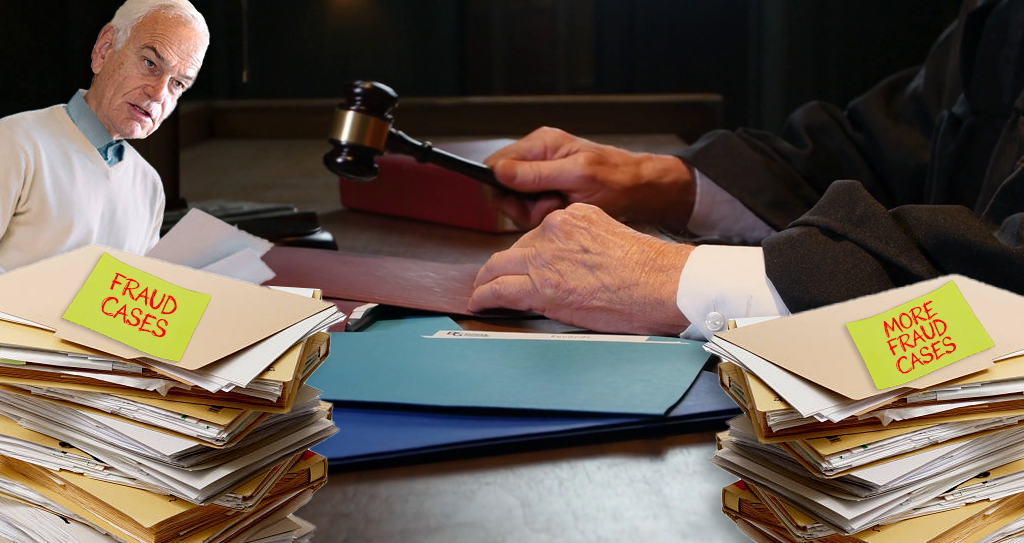Via the Manhattan Institute's new blog, Streetsblog learns of a pdf-formatted report entitled A Heavy Load: The Combined Housing and Transportation Burdens of Working Famillies, which looks at the housing and transportation expenses paid by lower income families in a number of cities. The report, published by the Center for Housing Policy, a K Street think tank, finds that lower-income families in central cities spend significantly less on the overhead of life than suburban and exurban ones.

Not only do urban families spend less on transportation, they are less likely to throw money out the window. In what the Manhattan Institute blog called "an excellent point," the report notes, "A three-car family puts a lot of money into depreciating assets, instead of into mortgages and college educations." Yes, like other consumer products, the automobile makes you feel good but offers a poor return on investment.
But to cut to the chase, the report concludes that among other things, governments should encourage infill development and work to reduce sprawl. As for why, it notes four trends that are likely to continue. Taken verbatim, they are:
- Housing and transportation costs are rising faster than incomes
- Faster job growth is occurring in the suburbs
- The U.S. metro population is suburbanizing, and...

As the report stated,
A trip from suburb to central city no longer describes the typical commute in many metropolitan areas of the country. As jobs have suburbanized, many commuters make their way from suburb to secondary city or from exurban community to other employment centers in the region as well as central city locations. As these graphs show, the combined cost of housing and transportation increases with distance to employment centers. For Working Families living in neighborhoods far from employment centers, especially those in the $20,000 - $35,000 bracket, combined housing and transportation costs consume a particularly large share of income, with transportation costs exceeding those for housing.
So it's better to live close to where you work. That's what a dense city should do best, right? What does the report say about New York City?

It is actually not a terrible place to live with a low income. Housing costs are higher than in most metro areas but transportation costs for working families -- $7,880 a year -- are the lowest of the 28 cities studied, making up for the higher housing costs.
In the New York City region, working-family households are more likely to live close to New York City where they can best take advantage of that region's most affordable housing and superior public transit service. Relative to incomes, housing is most affordable in central city and older suburban areas, and least affordable in new communities near the suburban fringe. Working Families are consistently more likely to live in lower-cost and more affordable locations. New York City has the best public transit service in the nation, at least in four of the five boroughs. Beyond the city proper, the quality of public transit service to Working Family commuters vis-à-vis the private car falls off considerably, particularly disadvantaging Working Families in secondary central city and inner suburban areas.
As the costs of transportation increase with the predicted increase in the price of gasoline, it is likely that the financial advantage of living in New York City will increase. If more people try to make their way here, we would probably see, believe it or not, demand for housing even higher than it already is.





